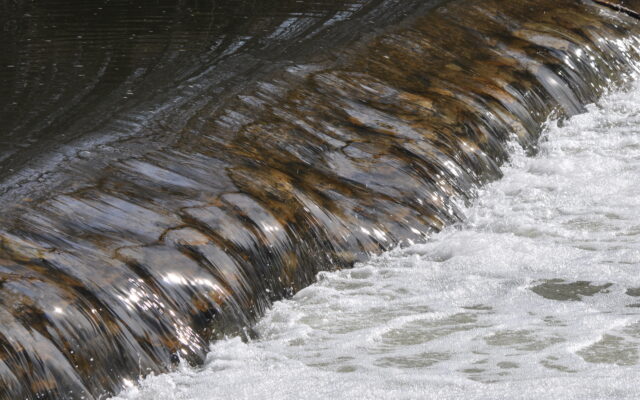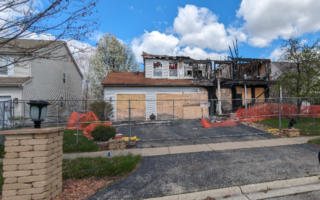Forest Preserve’s Hammel Woods Dam project to begin in July

The Forest Preserve District of Will County’s Hammel Woods Dam removal and modification project in Shorewood will begin Monday, July 12.
As a result of the work beginning, a section of the DuPage River, a segment of the DuPage River Trail and a portion of the preserve will all be closed as of July 12. Here are the details:
- The section of the DuPage River that goes through Hammel Woods will not be open for boating or tubing as the dam work takes place.
- A portion of the DuPage River Trail from Route 52 to the dam overlook will be closed. Trail closure signs will be put in place on the trail near Shorewood Grove.
- The Grinton Grove section of the preserve, which is the southernmost section, will be closed and the parking lot adjacent to the dam site will be closed.
- The portage area that exists now for boaters to go around the dam will be closed and removed. A new canoe/kayak launch will be built downstream of the current launch prior to the old launch being removed.
The Hammel Woods project is expected to be completed in October, but weather and other factors could affect this timeline. Updates will be posted here as available.
Semper Fi Land Services Inc. was hired by the Forest Preserve’s Board of Commissioners in October 2020 to remove the dam. WBK Engineering LLC will oversee the work and the Lower DuPage River Watershed Coalition has agreed to pay for the removal. The removal process could not move forward prior to this because a permit for the project needed to be approved by several regulatory agencies at the local, state and federal levels.
The dam removal will take place in two stages with half the river water at the project site being drained during each phase using cofferdams, which divert water away from the work area.
The portion of the stone dam that rises above the river bottom will be removed, but the stone footings below the river bottom will remain. After the dam is removed, natural river rocks will be added near the banks to create “riffles” that will oxygenate the water. Native vegetation will be planted later to stabilize the riverbank.
The work will return the river to a more natural state, and it will make the river safer for paddlers because they will no longer have to portage around the dam. While there were objections in the past to removal of the dam for sentimental reasons, people now seem to realize the benefits of removing the dam for environmental and safety reasons.
The Hammel Woods Dam was built in the 1930s by Civilian Conservation Corps workers. The 4-foot-high concrete and limestone dam was built to create a pool of water for recreational purposes during a time when the DuPage River had a much lower volume of water than it does now.
In 2003, The Conservation Foundation studied five dams along the river, including the Hammel Woods Dam, looking for ways to improve the ecology of the river. The study concluded that removal of the Hammel Woods Dam would allow aquatic species to move upstream and improve safety. In 2011, the foundation completed a two-year watershed-based plan for the DuPage River, which led to the creation of The Lower DuPage River Watershed Coalition in 2012.
The coalition’s goal is to preserve and enhance water quality in the river and its tributaries. The coalition also looks for ways to help communities along the river comply with more stringent U.S. Environmental Protection Agency requirements related to wastewater treatment plants discharging into the river. The Forest Preserve District joined the coalition, which is made up mostly of municipalities that discharge into the river, ranging from Bolingbrook in the north to Channahon in the south.
In 2017, the coalition paid for a study of the pros and cons of either modifying or removing the Hammel Woods Dam. Dam removal was recommended, but the amount of funding needed was not yet available to move forward with the plan.
In February 2019, the City of Naperville received a new wastewater discharge permit from the EPA and as part of that process, it had to pay fees to the coalition for river-related enhancements. That money was earmarked for the Hammel Woods Dam removal and the planning process began in spring 2019.






